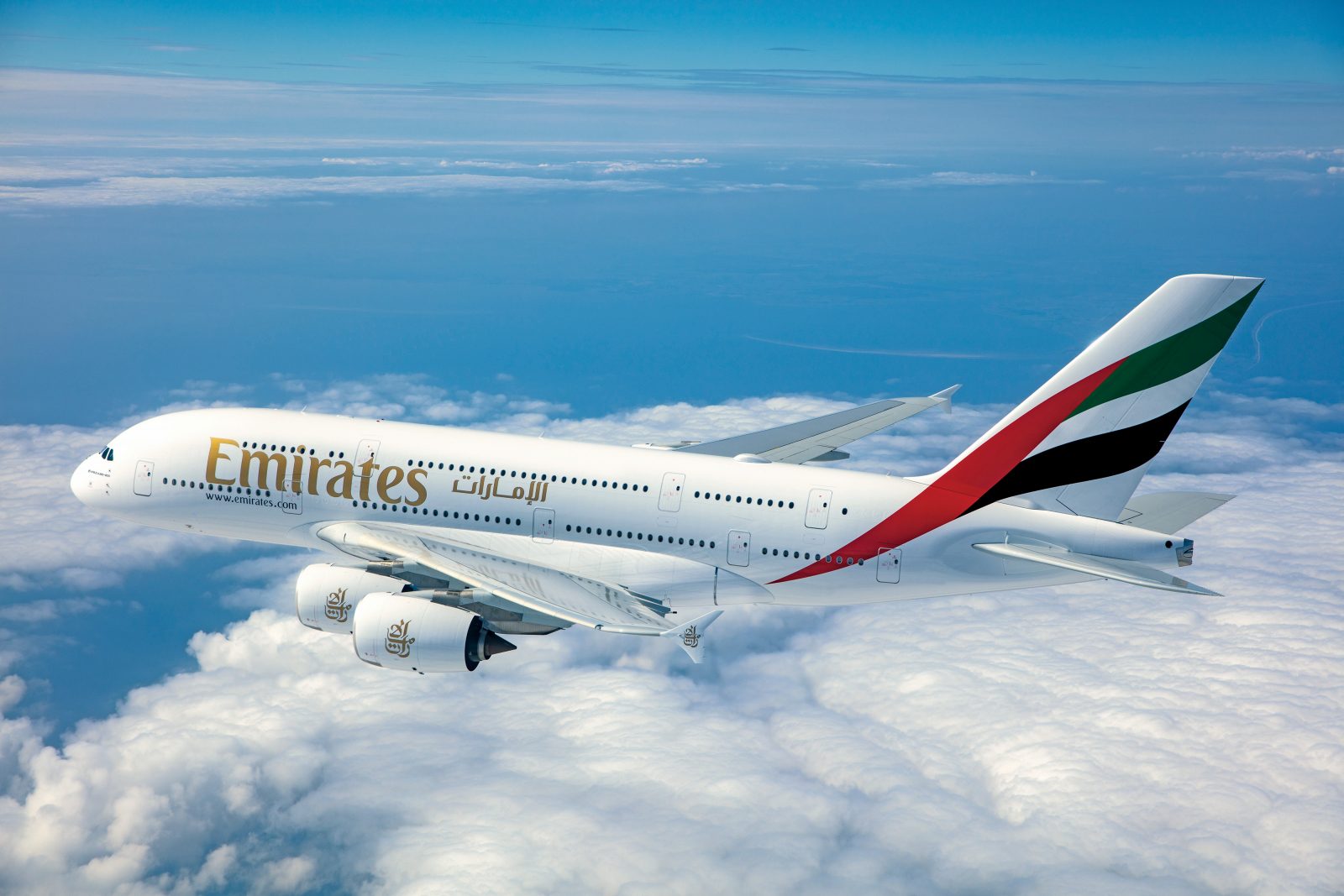
Emirates is by far the largest operator of the double-deck Airbus A380 Superjumbo, with 109 of the aircraft currently in the airline’s fleet and, according to the official Airbus order book, up to 57 on order and yet to be delivered. Crucially, 36 of those A380’s on order were part of a new and vital $16 billion USD deal which is believed to have saved the A380 programme from being shut down.
But according to a new Bloomberg report, that deal could be in serious jeopardy with talk of aircraft deliveries being delayed as negotiations between Airbus, Emirates and the engine manufacturer come to a grinding halt. The first aircraft in the new order was due to be delivered in 2020 but that deadline now looks ambitious at best.
The sticking point appears to be the efficiency of the Rolls Royce engines which Emirates wanted to use on its latest A380’s. The airline currently uses engines from Rolls-Royce and Engine Alliance but Sir Tim Clark, Emirates’ president has previously expressed concern about the performance of the Rolls-Royce engine.
In the face of rising oil prices, it’s no surprise that Emirates has decided to take another look at the figures and see if the deal really stacks up. When it debuted, Airbus had expected the A380 to define how air passengers travelled for decades to come but despite critical acclaim, airlines have largely sidelined the A380 with only a handful of carriers opting to add the Superjumbo to their fleet’s.
Instead, many airlines have bought into a new generation of smaller and more fuel-efficient aircraft such as the Boeing 787 Dreamliner that can turn a profit with smaller loads and open up previously untapped city pairs. The latest generation of long-range single-aisle aircraft builds on the success of this model.

Emirates, meanwhile, has made the capacity of the A380 work through its hub and spoke strategy – feeding passengers into its Dubai hub and then connecting them with the world. But while that approach has been largely successful, there are signs that Emirates is looking to diversify.
First came its partnership with flydubai – a ‘budget’ airline which only uses single-aisle Boeing 737 aircraft to connect Dubai with destinations that would be unprofitable for Emirates to fly to with a huge A380 or even a Boeing 777-300.
And then there was the surprise announcement of a $15.1 billion USD order for up to 40 Boeing 787-10 aircraft at the Dubai Airshow in 2017. Admittedly, the -10 version of the Dreamliner is the aircraft manufacturers largest but it certainly provides a lot more flexibility for Emirates on thinner routes. The airline intends to start taking delivery of the 787’s in 2022.
At the time, the order came as such a surprise because Emirates had been widely believed to be preparing a joint announcement with European aircraft manufacturer Airbus on the A380 deal. Instead, it took several more months of negotiations until the two sides could hammer out an agreement.

Emirates has used Rolls-Royce engines on its A380’s for several years but could return to previous engine maker Engine Alliance – a joint venture between General Electric and Pratt & Whitney – if necessary. The problem, unfortunately, for Emirates is that like most things for the A380, manufacturers are losing interest in developing new products for the aircraft.
If the impasse can be overcome, Emirates intends to use some of the new A380’s as part of a fleet renewal programme (the first A380 joined the Emirates fleet over 10-years ago) but what the airline will do with the retired aircraft remains unclear.
After all, by aircraft standards the entire fleet is still young – when Singapore Airlines decided to give up the lease on its first ever A380, the leasing company eventually found a buyer in HiFly, a Portuguese wetlease carrier. Emirates and Rolls-Royce have declined to comment, while Airbus has seen its stock price tumble after the Bloomberg report surfaced.
Mateusz Maszczynski honed his skills as an international flight attendant at the most prominent airline in the Middle East and has been flying ever since... most recently for a well known European airline. Matt is passionate about the aviation industry and has become an expert in passenger experience and human-centric stories. Always keeping an ear close to the ground, Matt's industry insights, analysis and news coverage is frequently relied upon by some of the biggest names in journalism.







